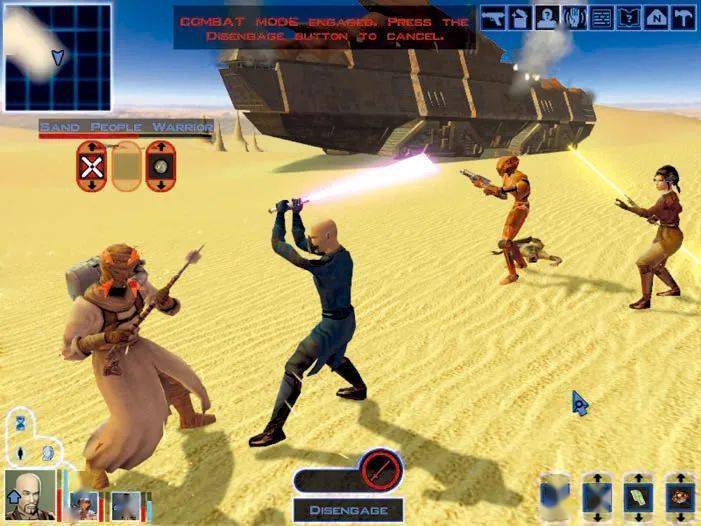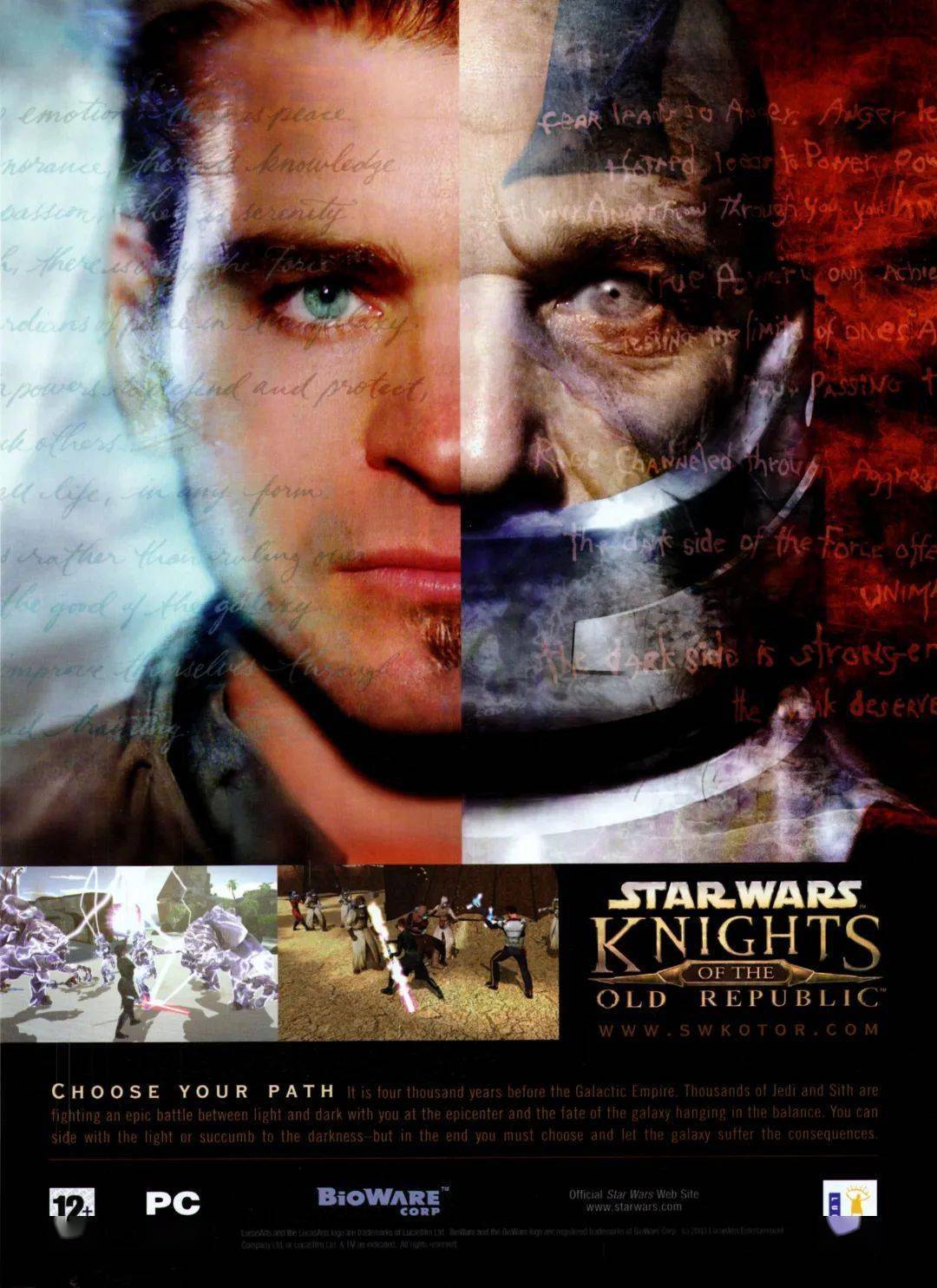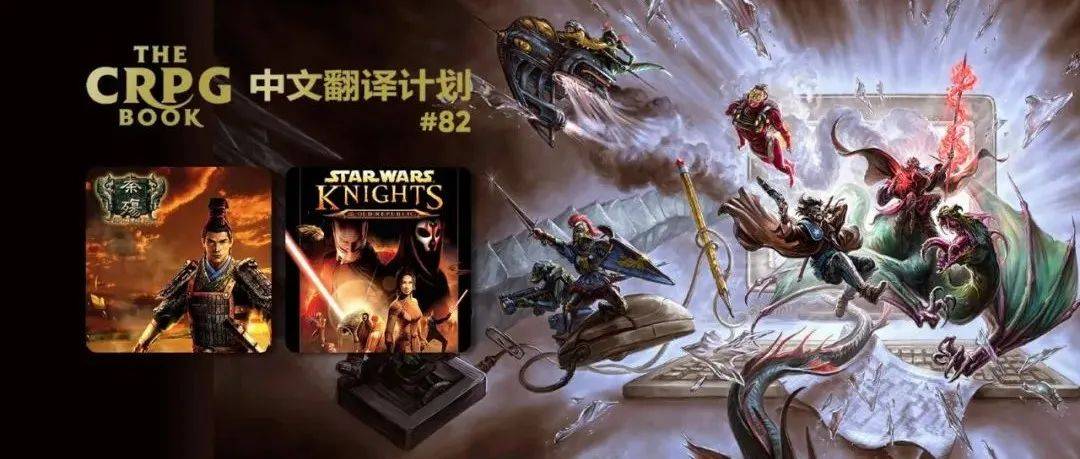Prince of Qin is a fascinating game with aspects that are both familiar and unfamiliar to Western players. It appears to be influenced by the Baldur’s Gate series and Divine Divinity. Like Baldur’s Gate, it’s a Real Time with Pause isometric CRPG where you build a party of adventurers from some of the NPCs you meet along the way. As in Divinity, you can learn special abilities through the skill tree, which you can use in future battles by draining your mana pool. Also like Divinity, it is often mistaken for just a Diablo knockoff.
Despite these influences, Qin Shang takes a very unique direction, establishing a magic and combat system based on the five elements (fire, water, wood, metal, earth). In this five-element system, there is a strong and weak relationship between the elements, similar to rock-paper-scissors or “Pokémon”. Both the characters in your party and the enemies they face are associated with a certain five element attribute, so you must keep this in mind in large-scale battles and use the characters of specific elements to restrain your opponents.
The game’s build system is very unique.There are only five types of ingredients, but each type has a wide variety of items and attribute abilities[1]。
The exploration in this game is interesting because until the mid-game, the enemies are quite diverse, and many of the side quests are long and related to the historical lore in the game. One aspect I find satisfying is that if you don’t make the right decisions, your mission fails – this may frustrate some players, but it’s a bold move by the game’s designers to force players to think consequences of their actions.
One of the poorer designs in the game is the addition of respawning enemies in some places. I think they’re designed this way so that players can gain experience to level up when needed, but these creatures respawn so fast that your team might be overwhelmed.
The story itself is a microcosm of Chinese culture, from which you can get a glimpse of ancient and modern Chinese culture. You play as the prince Fusu, who lived in one of many dynasties in ancient China. The historical Fusu was killed by vicious political tricks, but the story of this game slightly reverses history, allowing him to survive and fight the conspirators.
The game is also educational in a way, as the development of the plot is based on real historical characters and events, full of tragedy, hope, betrayal and regret.At the same time, Fusu, who has reform ideas, can resonate with modern liberal sentiments, so it is sometimes used as a voice for screenwriters to criticize the plight of farmers and the destruction of the ancient commercial system. [2]。
The character class system, like the rest of the game, follows a strange but familiar form. Fusu is a Paladin in the game [3]but with the Poul Anderson-esque Paladin of the typical Three Hearts and Three Lions tale of the D&D adaptation. [4]Not the same. In contrast, the Ranger in Qin Shang is a warrior with craftsmanship skills, allowing Fusu to forge special equipment in the game.
An excellent crafting system is a major feature of the game: Fusu can craft enchanted weapons and gear, often a bit more powerful than many of the special items you discover during your adventures.The decisions you make in the game will also lead to some changes, as the available NPC lineup will be affected by your choices [5]. Due to the variety of NPC lineups, as well as the randomness of dropping loot and crafting items, the final composition of the team will be incredibly different from one playthrough to another.
There are four other class types in the game, such as the aptly named Muscleman, a character that specializes in melee combat and summoning creatures to aid in combat, and the Assassin, a useful ranged combatant with a trap-deployed ability. The Wizard is a spell-slinger who uses the power of the five elements to fire spell projectiles from the rear of the team, but with a slight difference, the Wizard can also heal damage and eliminate status effects; finally is the Witch [6]this type of character can also release magical shocks from a distance, but also has the ability to provide buffs to your companions in battle.
Although players can only control up to five characters, the game doesn’t require you to have every class in your party, so you can have two rangers, two warlocks, and a wizard if you really want to team up like this if. But if there are no warlocks in the party, you have no healing magic and can only rely on different types of food to restore health. Without an assassin with the right skills, you won’t be able to open every chest to find something unique and powerful in the game.
Qin Shang also has a multiplayer mode where players can play a single (and simpler) campaign, which supports up to 500 players in an MMO-like fashion. The success of the multiplayer mode in the key market of China led to the release of a standalone expansion of Prince of Qin Online – The Overlord of Conquerors (2003) – later renamed The World of Qin Shang (World of Qin).
Object Software [7]It was followed by a great stand-alone prequel, Seal of Evil (2004), which added more magical elements and a plot story depicting the establishment of the Qin Empire; and Tianjiao 2 (World of Qin 2, 2005), a well-established MMO game [8]。
__________
1Translator’s Note: These five raw materials are wood, ore, animal bones, animal skins, and animal tendons. The ratio of materials determines the type of items to be created, and the quality of the materials affects the attributes.
2Translator’s Note: The original text here is “abuses of the ancient mercantile system”, how to understand this sentence is debatable. From a historical point of view, before the Qin unified the whole country, there was a period of heavy commerce, and after the unification, it was the mainstream of valuing agriculture and suppressing commerce. There may be an inaccurate writing of the original game, or a deviation in English localization. So a more neutral expression is used here.
3Translator’s Note: Ranger is the name in the game, but because the general translation of Paladin in China in the early days is Ranger, the word used in the original English text here is Paladin. In fact, the image of the Chinese Ranger should be closer to Ranger, and later Paladin was translated into Paladin to make it more suitable for the original meaning.
4Translator’s Note: “Three Hearts and Three Lions” is a fantasy novel written by Poul Anderson in 1961, which is the prototype of the paladin profession in D&D.
5Translator’s Note: In the game, allowing NPCs to join the team often needs to complete various preconditions, and different people in the team will have different effects on the ending.
6Translator’s Note: The various professional translations here use the names in the game, which are slightly different from the English expressions. For example, the literal translation of Witch here is witch and the name in the game is wizard. But in fact, there is no problem with the English expression here, because in the game the warlock characters are all male, and the wizard characters are all female.
7Translator’s Note: Target Software (Beijing) Co., Ltd. was established in 1995, the developer of “Qin Shang”
8Translator’s Note: Because of the online game operation strategy, the naming of these games is very confusing. The target software of the developer of “Qin Shang” first handed over the online version of “Qin Shang” to Happy Times Company for operation, namely “Tianjiao – Qin Shang World“, and later took back the operation rights and renamed it “Qin Shang World“. The version was changed and renamed “Xin Tianjiao”, “Tianjiao 2” is another online game under the background of the new story.
Welcome to the CRPG page in Chinese and English according to the original book layout.
Star Wars: Knights of the Old Republic
BioWare, 2003
Windows, OS X and Xbox
Original author:JMR, Translator:dxmi
Not only was Knights of the Old Republic the first CRPG set in Star Wars, it was also a turning point in BioWare’s history. During this period BioWare abandoned its original intention of developing PC games and began to prefer console-based games. This shift also brings deeper changes and simplifications to aspects such as operation, interface, combat and level design.
Thankfully, as long as some clunky designs are ignored, players can have a lot of fun with Knights of the Old Republic’s intriguing story and rich adventure.
The game is set 4,000 years before the film’s plot, which is also the era depicted in the comic book Tales of the Jedi. During this period, the Republic was gradually losing the war with the Sith Empire, which at this time was led by Darth Malak. The setting was exciting enough, but unfortunately BioWare has adopted the visual design of the Star Wars movies rather than the excellent rough style of the comics.
Players take on the role of a Republic soldier who is discovering his talents in the Force, and embarks on a journey that will determine the course of the war. Although the game’s plot twist is particularly well known, I feel that BioWare underestimated the potential of this design and didn’t fully exploit it in the game.

Battles are “pauseable real-time battles” where you can arrange the sequence of actions for each character.
Star Wars: Knights of the Old Republic was initially only available on Xbox and became the fastest-selling console game at the time. It took 5 months for the game to be ported to the PC platform.
Star Wars: Knights of the Old Republic was initially only available on Xbox and became the fastest-selling console game at the time. It took 5 months for the game to be ported to the PC platform.
In any case, the game’s plot and side quests are very good. The adventures in Knights of the Old Republic perfectly replicate the feel of Star Wars, both in content and theme. The game offers a number of choices that allow you to bounce back and forth between the Light Side and Dark Side of the Force, and these choices will ultimately lead to changes in appearance and stats.
In the adventure, players will assemble nine companions, and they will pilot the ship Ebon Hawk (Ebon Hawk) across the galaxy – although you can only take up to two teammates at a time. The prologue and ending are linear, but the middle of the game is open, and players can visit four planets and complete tasks in any order.
The game offers many interesting locations. Like Manaan, where residents made their fortunes exporting medical supplies to both sides of the war. They strive to remain neutral in conflict, lest they be perceived as favoring one side of the war. Players also visit the Sith Academy on Korriban, where every student learns the art of deception and betrayal.
Of all the players, the most interesting is an elderly ex-Jedi, Jolee Bindo. Positive attitude, wit, cynicism and wit all blend perfectly in him and make him a charming companion. Fan-favorite assassin droid HK-47 is also interesting, although it’s a bit of a “one-trick” in this first game. But the main villain, Darth Malak, looks hollow and flat, like the kind of cartoon bad guy you see everywhere.
The combat experience is the weak link in Knights of the Old Republic. Its “pauseable real-time combat” allows you to sequence actions for each team member, but anyone expecting complex combat and tactical challenges like those found in Baldur’s Gate II will Very disappointed with this.
The game offers some different skills, but the choice of skills seems irrelevant. Because the enemy has neither strong protection means nor strong counterattack ability, any skill can deal with them well. So you don’t have to adjust your tactics during encounters, and you rarely need to heal. All encounters are about the same, until the difficulty ramps up when the final boss is encountered. Despite the problems, the animations for fighting with swords (and lightsabers) in the game are top-notch, and it’s definitely the best part of the combat system.
The game’s soundtrack, by acclaimed composer Jeremy Soule, is infectious and subtly melodic. It fits the theme of the game, touches the player’s emotions, and is full of the unique Star Wars feel.
Overall, Knights of the Old Republic managed to live up to all of its expectations. While we sometimes regret that it didn’t do better, it’s kind of absurd that it does provide an amazing gaming experience. Moreover, the game has a sequel, and those more ambitious ideas can be left to the sequel.
The game perfectly recreates the Star Wars feel, and I highly recommend it to anyone who cares more about story and dialogue than combat. Knights of the Old Republic also works well as the first RPG for new players, as it gently presents players with the content and emotional experience common to this type of game.
__________
1Translator’s Note: This planet is also home to the Rebel base in Star Wars: A New Hope.
Mod:
Brotherhood of Shadow – Solomon’s Revenge: An amazing meal expansion that adds tons of new content, like props and quests, and even a new companion.
Yavin IV Planet Mod[1]: Added a new planet to explore, as well as a subtle new storyline and side quests.
Grif Vindh’s Roleplay Padawan Mod: Allows you to start the game as a Jedi apprentice, and skip a lot of beginner tutorials. Especially suitable for use in multi-week games.
Lightsaber Forms: Seven different styles of lightsaber swordsmanship have been added to the game, each with its own unique advantages.
Advertisement at the time:

Welcome to the CRPG page in Chinese and English according to the original book layout.
Copyright statement
“The CRPG Book Project” original book information:
The book took four years and was completed by 119 volunteers.
English Editor-in-Chief: Felipe Pepe
Original project URL: https://crpgbook.wordpress.com/
License Agreement: Creative Commons Attribution-NonCommercial Use 4.0 International License (CC BY-NC 4.0)
“The CRPG Book Project” Chinese version copyright notice
What you’re seeing is part of the CRPG Tongjian version. This Chinese version is created and distributed online under the constraints of the original book license agreement.
Chinese version editor:“CRPG Tongjian” Compilation Committee
Chinese version of the project website:https://crpgbook.cn
This book (“CRPG General Book” version) is preparing to publish a Chinese physical version. Welcome heroes from all walks of life to join our compilation committee. For details, please visit https://crpgbook.cn/contact/.
This Chinese translation is provided by CRPG Tongjian@indienova authorized the release, and indienova will not only regularly publish relevant game introduction articles, but also maintain a dedicated CRPG channel synchronously.In this channel, you can not only Graphic layout similar to the original bookread it, and at any time Freely switch between Chinese and English versionsContrast reading.
Return to Sohu, see more
